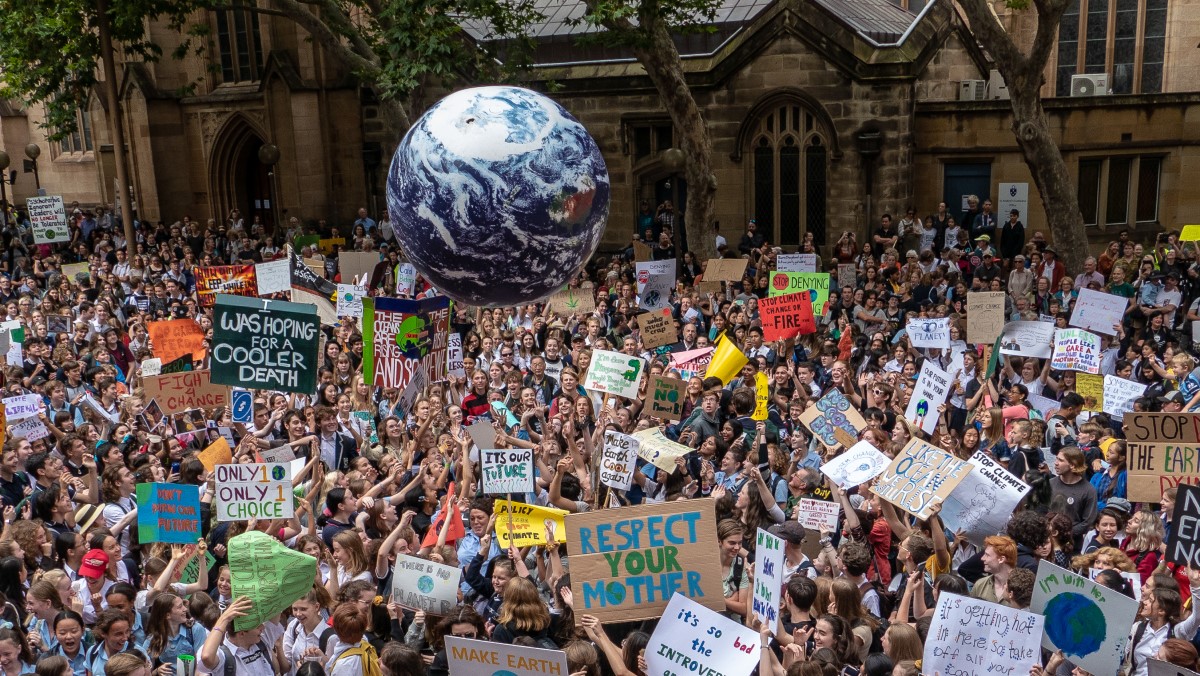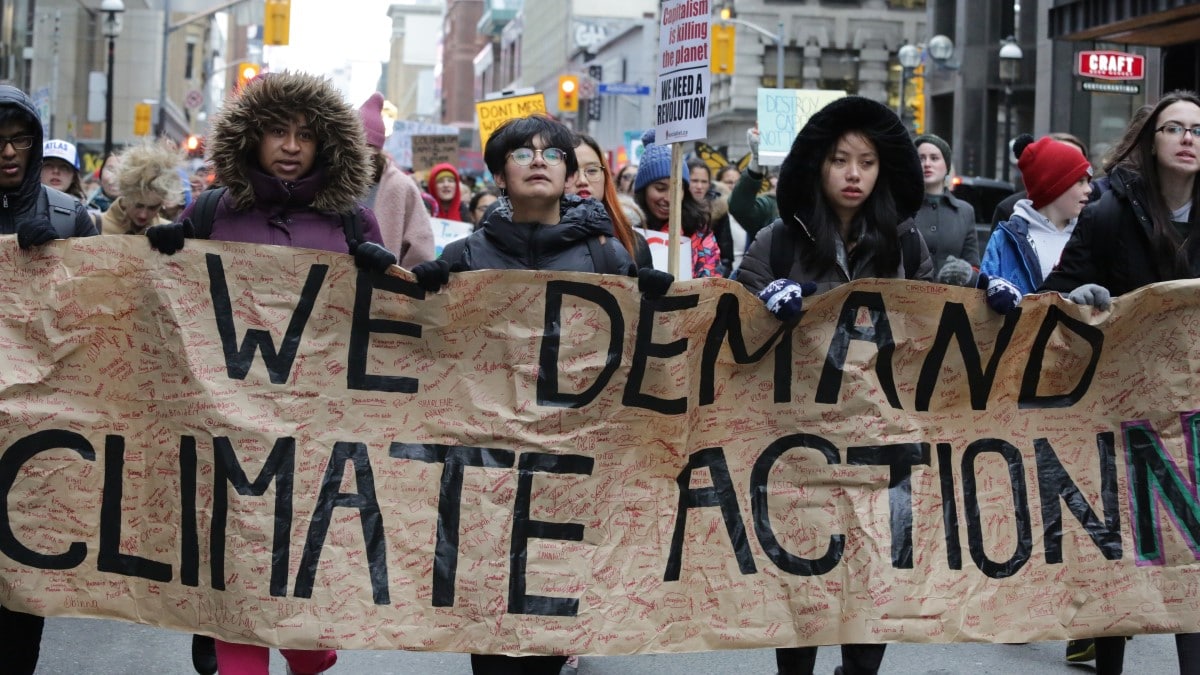The 17th Sustainable Development Goal – Strengthen the means of implementation and revitalize the Global Partnership for Sustainable Development is a ‘co-operation mechanism goal’. It calls for co-operation and solidarity between countries, which are encouraged to work together and benefit from all the potential synergies between different Sustainable Development Goals and different United Nations conventions and programmes. All the implemented policies, plans and actions would be much more coherent and productive if undertaken jointly.
Cooperation is key to implementing sustainable development policies in many countries
Every plan, programme, and action require some means of implementation. Finance, technology and capacity building are equally important and should also be provided jointly. Developing countries, in particular the so-called least developed countries (LDCs), lack financial resources and institutional capacity. However, the latter can be the more challenging of the two because it usually takes much less time to raise funds than it does to prepare or educate our own specialists.
This is why cooperation between countries, public–private partnerships, support of development institutions, think-tanks and/or other non-state actors are key to promptly implementing sustainable development policies in many countries by 2030 and beyond. Using the institutions and mechanisms that have already been developed under existing frameworks can shorten the time needed to make progress and could be a very effective strategy.


197 countries signed the United Nations Framework Convention on Climate Change on 12 June 1992
The United Nations’ Framework Convention on Climate Change and its Kyoto Protocol offer a number of mechanisms. The Clean Development Mechanism has been serving as the vehicle for both investment and technology transfer. The Least Developed Countries Expert Group was set up to assist the most vulnerable countries in adaptation planning. A Technology Mechanism could be used to help assess the needs of countries and also to select the technologies best suited to each situation. The convention’s Financial Mechanism helps to prepare plans and reports (national communications) that contribute to capacity building and, most importantly, trust building – a result of transparent communication about policies and actions at a country level. The Green Climate Fund helps with capacity building but also offers investment funding. These mechanisms are a few of many.
Paris Climate Agreement signed on 12 December 2015 by 196 parties
The Paris Climate Agreement builds on our existing experience and will help to assure new and much wider, deeper cooperation around the globe. Working jointly, two, three or more countries, regions or cities can do much more, much faster and for less cost in comparison to the summary results of individual actions.
The world is a rather complicated place. Political conflicts, natural disasters, changing climate, scarce resources, a deficit of accessible sources of energy and drinking water, food insecurity, poverty, hundreds of millions living without sanitation, global pandemics and so on, but this is the only world we have and we need to transform it. Every year around 70 million people on the planet add their personal expectations to the global need for a decent and secure life, a job, and a healthy environment in which to live.
If there is a will – there is a way. In 2015 there was political will and the way was decided: 17 Sustainable Development Goals, a global development agenda 2030 and the Paris Agreement. Now we must follow this way for our future and the future of our planet, use all the mechanisms we have developed so far to work together and create new ones, as efficiently, and effectively, as we can.


